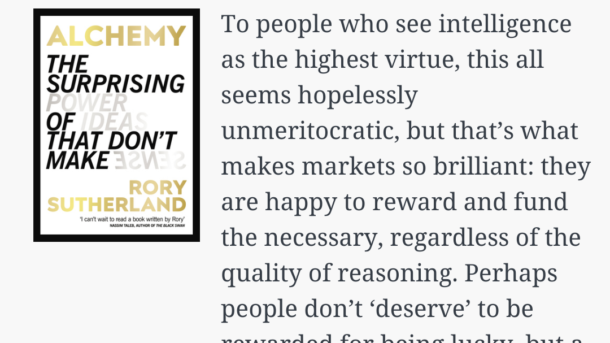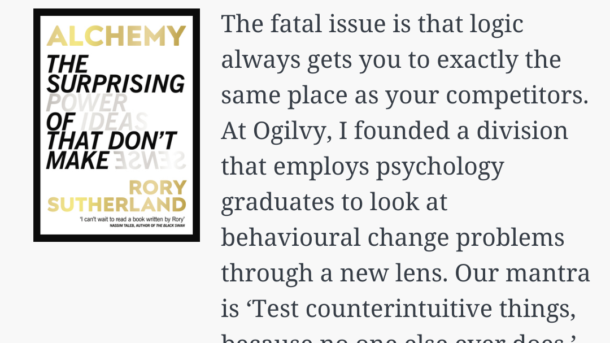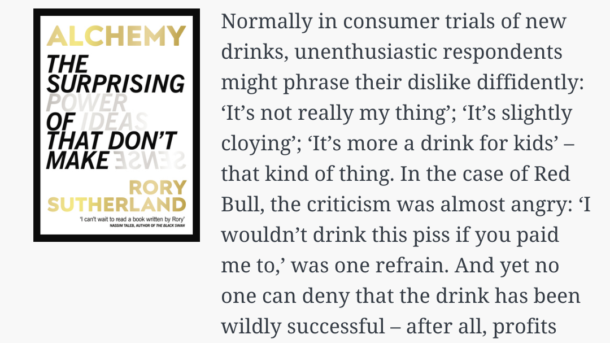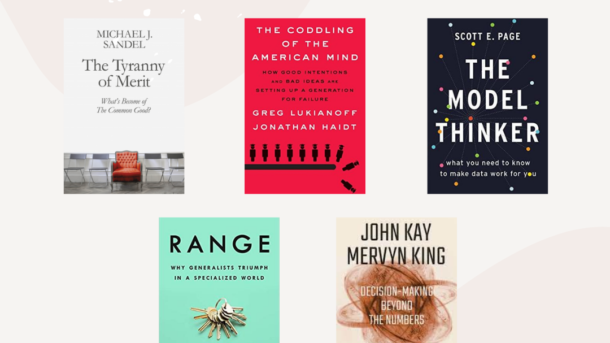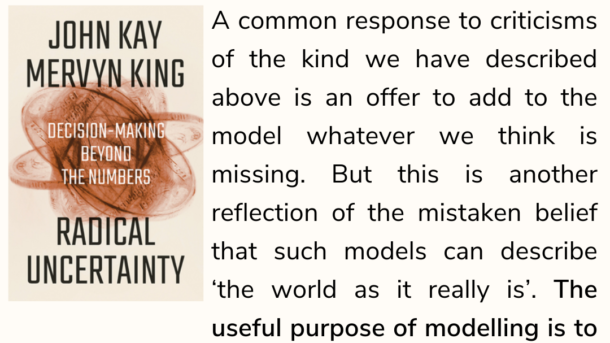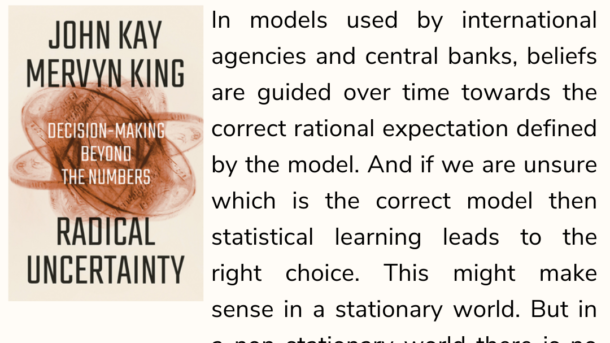It’s going to be something a little different this time. I have been doing quite a bit of reflection on 2021, and coupled with some other stuff, I’ve haven’t really found the time to write this post yet but here it is the 1st of 5.
As we begin 2022, I like to think about the most interesting and memorable books I’ve read in 2021. I’ve never really liked the idea of rating books though, because so much of what you find engaging and interesting is based on not just the content, but also your state of mind, your existing knowledge and your own biases or tendencies at that time. I’ve read quite a few books that blew my mind back then, and when I went back to read them again, there never was those same feelings of awe as compared to the first reading experience.
Nevertheless, it is good to reflect on what we’ve read and covered the past year so we don’t just forget them. Here is the first of the 5 most memorable books I’ve read the past year.
- The Tyranny of Merit
Focusing only, or mainly, on rising does little to cultivate the social bonds and civic attachments that democracy requires. Even a society more successful than ours at providing upward mobility would need to find ways to enable those who do not rise to flourish in place, and to see themselves as members of a common project. Our failure to do so makes life hard for those who lack meritocratic credentials and makes them doubt that they belong.
The first of the more memorable books I’ve read. I think it reinforced a notion that I’ve already had in my mind, that meritocracy doesn’t really happen the way we would like it to be. Many times, your background, family, upbringing and initial financial situation makes a much more significant impact on your success than you would believe.
That is the crux of what Michael J. Sandel feels is wrong with the meritocratic ideal today. By saying that people succeed because they are more talented or work harder, are we insulting the dignity of those who have not reached the same levels of conventional financial success? Are we essentially saying that they are less capable, less hardworking and just do not belong as much?
If we take into account environmental factors, and that many of us cannot choose where we are born or the lucky breaks that we have, then meritocracy cannot be a just philosophy.
I personally agree with the logic of that statement, but also wonder what better way is there to condition a society. For a society that doesn’t believe that hard work leads to success might be a fractious and fatalistic one. I’m sure many of us dislike working with people who think that everything is out of their control.
We all intuitively think that possessing individual responsibility is important, and meritocracy is one of the ideas that can encourage greater individual responsibility in people. Yet, fully accepting it might also disparage those who have not “succeeded” by indicating that they don’t belong.
- The Coddling of the American Mind
Prepare the child for the road, not the road for the child. That is eternally good advice, but it became even better once the internet came along and part of the road became virtual. It was foolish to think one could clear the road for one’s child before the internet. Now it is delusional. To return to the example of peanut allergies: kids need to develop a normal immune response, rather than an allergic response, to the everyday irritations and provocations of life, including life on the internet. You cannot teach antifragility directly, but you can give your children the gift of experience—the thousands of experiences they need to become resilient, autonomous adults.
One of the most common themes we can observe in our social media today. We see that youths of today, especially those who experienced their early teenages years in a social media environment, are more easily affected and prone to be offended. In this book, it states that suicide rates for teenage girls in the United States have climbed to all time highs, indicating that there clearly is an issue with mental health.
The author cites many reasons, but one of the key ones is “helicopter parenting”, that the attempt to shield our children from the “horrors” of the world actually prevents them from going through setbacks that shapes their character.
Its one of the things that bothers me. That more people begin to see things as binary, that you are either good, or evil. Capitalism is evil and the opposite of good. Anyone with a semblance of any anti-liberal comments would be seen as the enemy and painted with the binary brush of a “racist”, “homophobe” or “transphobic”.
When things become black and white, it actually makes it harder to achieve progress. Many with such black and white sentiments would decry incremental solutions, and prefer radical changes. This becomes worrying when it comes to politics. Many of the books I’ve read have always indicated that fascists and authorians arise out of such radical movements. After all, when you brand any opposition to your views as “evil”, it becomes the foundation of a totalitarian movement.
I am beginning to go off on a tangent from the book’s message but it relates to the book’s message about how we can best prepare our kids as they grow into society. Teaching our children about blank rights or wrongs without letting them experience the nuance of social interactions through “play” with others, will only set them up for disappointment and even failure as they enter the workplace.
- The Model Thinker
Big coefficients are good. Evidence-based action is wise, but we must also keep our eyes open to big new ideas as well. When we encounter them, we can use models to explore whether they might work. A regression on teenage traffic accidents may find that age has the largest coefficient, implying that states might want to raise the driving age. That may work, but so too might more novel policies such as curfews that prohibit nighttime driving, automated monitoring of teenage drivers through smartphones, or limits on the number of passengers in teenagers’ cars. These new-reality policies might produce larger effect sizes than riding the big coefficient.
This was a relatively more technical book, but I really appreciate the principle behind this book that we can take away. The “many-model paradigm”, where we should never ever solely based our actions and plans on just 1 model. Thinking horizontally, being flexible and accommodating different ways of thinking about a problem will generally help you understand a situation better than trying to justify that 1 data model you already had.
This is something I feel we can all internalize and take away even as we read about the technical concepts of modeling in this book. That we should not only make decisions in our personal or work lives based on 1 simple data metric, that we need to consider a wider variety of possibilities and not just do what seems intuitive or logical at first sight.
2021 was a year where I had to make many difficult life-changing decisions, and as I look back, I was just thinking about the different ways I rationalized about those decisions. Just thinking about it, I plan to write an article documenting my thought process. I’m pretty sure almost every framework I used to make decisions was inspired by a book so I’ll get to that next.
- Range
Eminent physicist and mathematician Freeman Dyson styled it this way: we need both focused frogs and visionary birds. “Birds fly high in the air and survey broad vistas of mathematics out to the far horizon,” Dyson wrote in 2009. “They delight in concepts that unify our thinking and bring together diverse problems from different parts of the landscape. Frogs live in the mud below and see only the flowers that grow nearby. They delight in the details of particular objects, and they solve problems one at a time.” As a mathematician, Dyson labeled himself a frog, but contended, “It is stupid to claim that birds are better than frogs because they see farther, or that frogs are better than birds because they see deeper.” The world, he wrote, is both broad and deep. “We need birds and frogs working together to explore it.” Dyson’s concern was that science is increasingly overflowing with frogs, trained only in a narrow specialty and unable to change as science itself does. “This is a hazardous situation,” he warned, “for the young people and also for the future of science.” Fortunately, it is possible, even today, even at the cutting edge, even in the most hyperspecialized specialties, to cultivate land where both birds and frogs can thrive.
The central message of this book isn’t particularly groundbreaking on its own. But with the context of the popular “pop psychology” narratives that people like to tell, I found this book particularly insightful.
One was about the “marshmallow test”. That experiment where kids who were able to resist marshmallows turned out to be more successful. While that might be true on an aggregate basis, there are also many kids who could not resist the marshmallow (probably I’ll fall into the “unsuccessful” category as a kid) who have turned out perfectly fine. Just like how one can’t 100% predict the chance of someone being a leader in a military battle based on their leadership performance in an officer’s course, one can’t make an assessment on someone’s resilience based on their failure in 1 domain.
Context matters. Someone can be super resilient in 1 context, and weaker in another. That is why trying out new things and domains is so important for you to fulfill your potential. However, many of us are being pushed to specialize way too early in our teens (when we enroll for university).
It helps to progress slowly as well. Learning a skill too quickly, and not attempting to space it out and revisiting it in the future will cause you to forget it pretty quick. Thing is, progress never works linearly for the kind of complex problems we try to solve. For instance if you want to dabble in economics and truly bring in new insight, it might be better to get into it for a few years, stop, try other social science or scientific fields for another few years and come back. The more we narrow ourselves, the more details we consider and that might limit our perspectives.
This book serves as a reminder for us to be more accepting of non-linear progress as we make our way in the world, and to consider more paths for generalists to emerge and succeed. I think it can also be a personal reminder to not judge someone by their failures in 1 context (perhaps in school or academics), and to also not be too harsh on one’s failures in 1 context as you might succeed in another.
- Radical Uncertainty
Perhaps the most remarkable of all lone geniuses was Srinivasa Ramanujan, the destitute Indian mathematician who failed his college exams, learnt mathematics from a public library book, impressed an Indian revenue official enough to be offered a job, and whose letter to G. H. Hardy took him to England and to a Fellowship at Trinity College, Cambridge. But without Hardy he would never have gained acceptance for his ideas among the community of mathematicians. Humans thrive in conditions of radical uncertainty when creative individuals can draw on collective intelligence, hone their ideas in communication with others, and operate in an environment which permits a stable reference narrative. Within the context of a secure reference narrative, uncertainty is to be welcomed rather than feared. In personal matters – friends, holidays, leisure – stationarity is boring. In politics and business, uncertainty is a source of opportunity for the enterprising, though also associated with paralysis of decision-making in bureaucracies staffed by risk-averse individuals determined to protect their personal reference narratives. In the arts, uncertainty and creativity are inseparable. Embrace uncertainty; avoid risk.
I picked this book up without realizing that I had read a few of the previous books from the authors. After just finding out what were their previous books that I’ve read (Alchemy + Obliquity), the key takeaways become a lot clearer to me.
At its essence, this book goes on a little bit of an anti-economist stance, especially with how they have dealt with the financial crises and their models or assumptions. Probabilistic methods and models work when history repeats itself. What happens when it doesn’t? In addition, super complex real-world systems are impossible to model, especially when we take into account chaos theory. Making decisions based on expected values and having a false sense of certainty can only lead to ruin.
1 other thing that I thought was really interesting was that we only have 1 life, not unlimited simulations. When there’s a chance of catastrophic loss, we no longer make decisions based on just expected value. We’re not like a simulation, that 1% or sub 1% chance might actually wreck your life and hence we can’t rely on probabilistic models as 100% reference to make life choices.
The sentiment I get from this book as well is that we have to learn to embrace uncertainty in many ways. This is pretty akin to trying to maximize your life for positive “black swans”. 1 general philosophy I have is that I always dedicate 10-20% of my time being open and always finding new things to engage in. When you do new things or engage with new people after all, your downside is limited only to your time but your upside can be limitless. Who knows, you might find your new soulmate or a new life passion when you push past what you’re comfortable with.
It’s also about trying not to find that “single” optimal point of optimization for everything. Things are always ever changing, and alongside central planning, do we also need the ability to decentralize and take things 1 step at a time with incremental improvements.
Conclusion
That sums it up for the 5 most memorable books I’ve read for 2021! I’ve been super swamped recently and also been thinking about the content I’ve created. I plan to move this to a lot more reflections based and also thinking of possibly adding in an audio element (through podcasts). Thank you for reading and I hope these 5 books will give you some useful insights!
